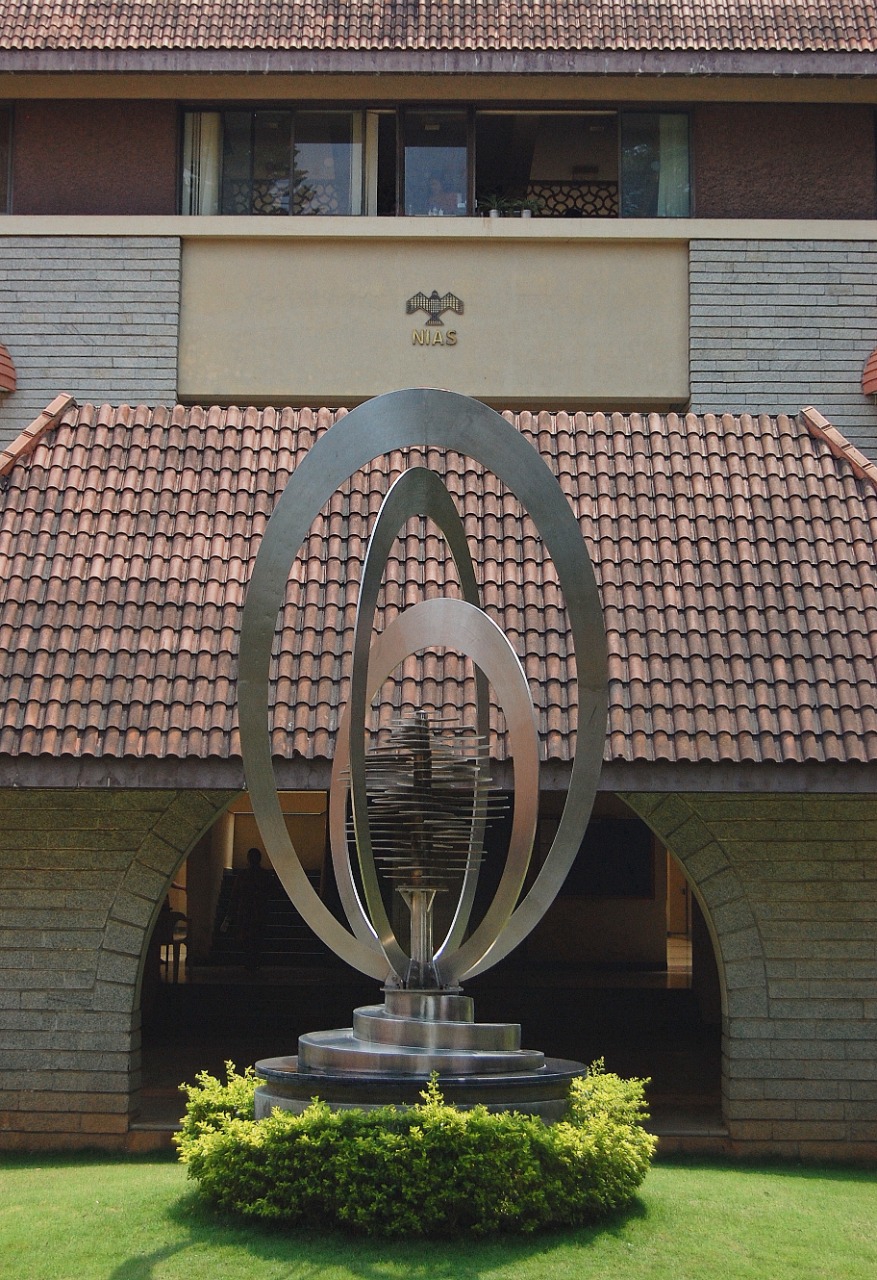
The essay attempts a quick appraisal of India’s equation with China from a forward looking strategic standpoint, for charting the way ahead, in light of the ongoing visit of the Chinese President, Xi Jinping to India.
While the immediate task naturally is to work for early realisation of the potential through mutually beneficial diversification and intensification of ties, tapping all possible complementarities through imaginative arrangements and programmes, it is the political relationship that has naturally to be kept in focus as the driver, and determinant of the reach, of the former.
A summary review of political relations between the two countries identifies two features that deserve note:
(i) The fact of extreme volatility of the relationship – right from the start, and continuing to this day.
(ii) The fact that it is the Chinese diplomatic design (disposed towards generalities and formulations long on lofty rhetoric and abstractions that invariably lend themselves to conflicting interpretations and short on unambiguous specifics) that has been allowed to prevail in the corpus of Agreements/Communiques/Declarations/Statements issued over the years. An alternative, Indian template seeking to cast common understandings and shared agreements in tangible terms instead appears to have not even been imagined.
Two high points of the politico-diplomatic interaction of the two countries – the 1954 Panchsheel Agreement and the 2005 “Strategic and Cooperative Partnership” – are taken up, briefly, to illustrate the latter feature marking the relationship, namely of atmospherics projected by the official documents being allowed to run way ahead of substantive content.
It is argued that the “strategic partnership” is just an empty shell. With a recommendation that infusion of some solid content into it is a question that should engage the Indian strategic establishment much more intensely, internally, than hitherto.
Also that the paradigm within which India-China relations have come to be conducted is lacking in balance, and therefore in need of a rejig.
In particular, the approach to the “boundary talks” of the Special Political Representatives – the ‘three-stage road map’ (proceeding ‘top-down’ from abstract principles and parameters to specifics of territorial adjustments) being followed by the Special Political Representatives – is felt to be in need of a reversal (i.e. a ‘bottom-up’ one, beginning with a prior understanding on the specifics of the eventual boundary alignment evolved instead) in the light of the experience of four decades of ‘normalisation’ of relations (of inordinately, and endlessly, ‘delayed gratification’). A truly ‘political’ approach (entailing “negotiations”, not just “talks”, for coming to grips with the nitty gritty of a final settlement) is recommended to break out of the rut relations have got into over the last several years.
